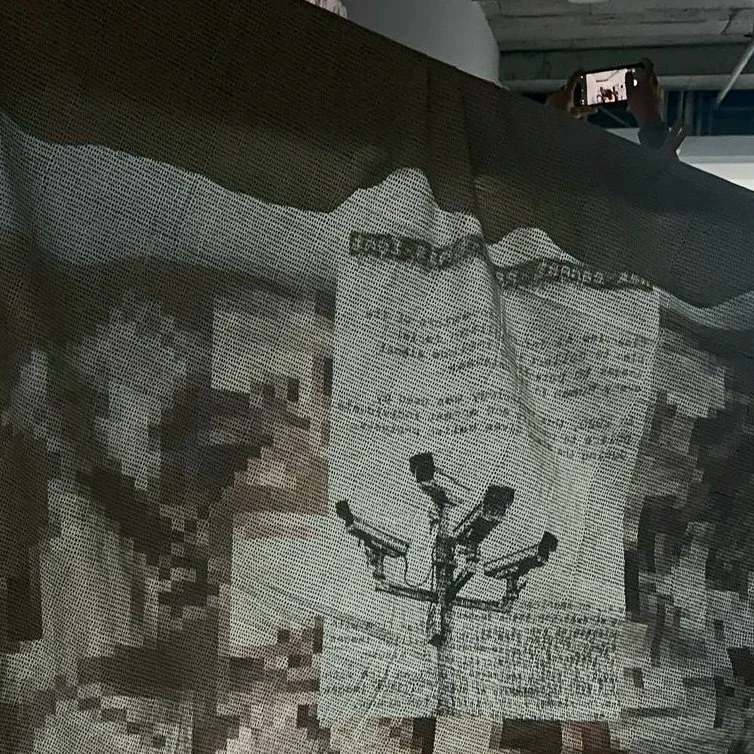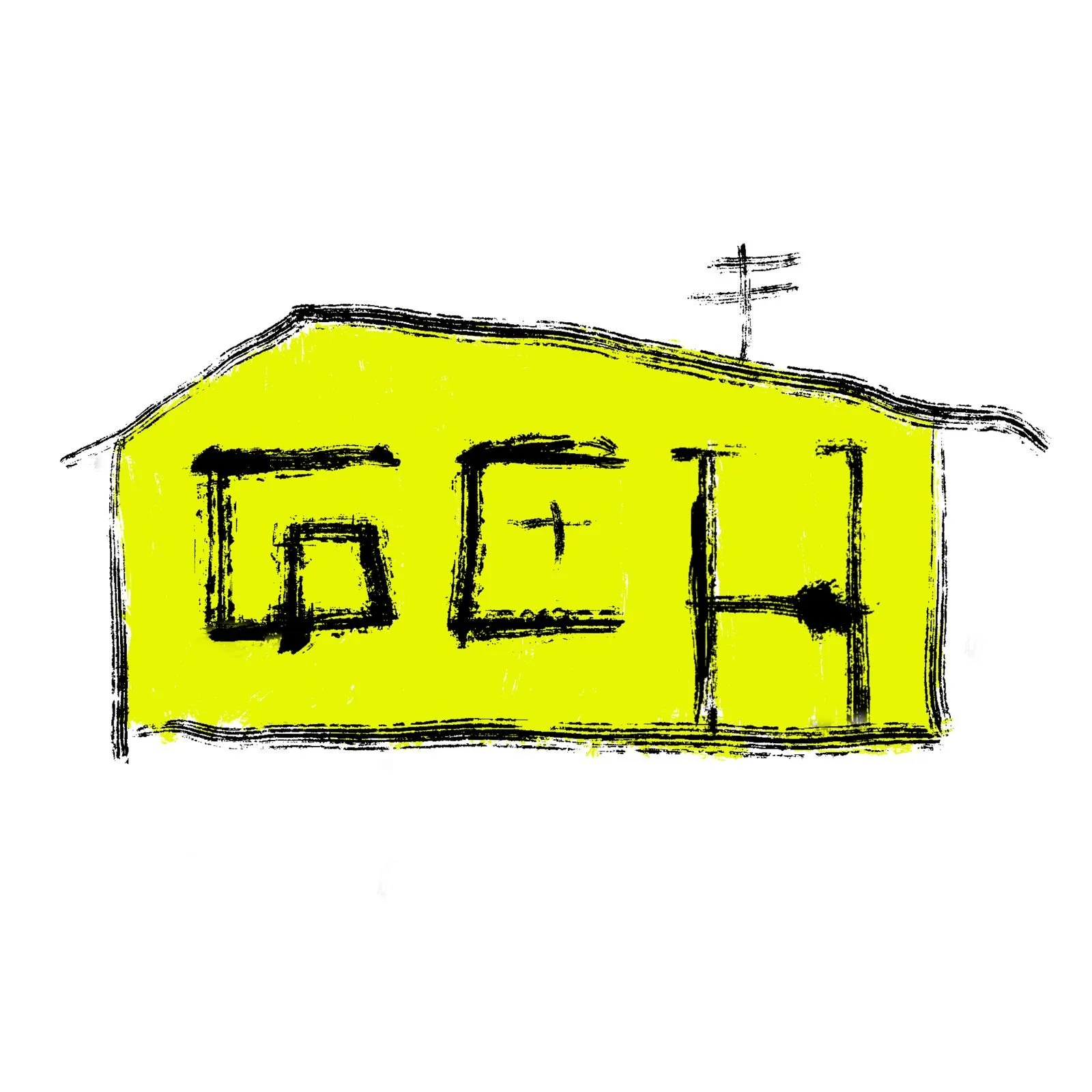This Is Not A Gallery
Gulf Coffee House
Inspired by René Magritte’s “The Treachery of Images”, this exhibition challenges perceptions of reality and representation of the arts scene. Bringing together digitized artworks from artists around the world, the exhibition projects their artistry onto the walls of 1604 Art Space, transforming the venue into a vortex of global creativity. Each projection serves as a window into unique artistic environments, allowing the audience to experience multiple art practices and cultures, blending the digital and physical worlds into an interconnected realm of creative expression.







Gulf Coffee House is an art collective consisting of Shahad Hamwi, Anant Singh, and Andrés Ugartechea, a group of socially engaged artists whose interdisciplinary practices explore the nuances of existence and the dynamics of social ecosystems. United by a shared commitment to fostering dialogue through the arts, they seek to push the boundaries of creative expression by experimenting with new mediums and approaches.
Shahad, a visual artist and filmmaker, draws from her Arab identity to create immersive works that examine the intersections of the personal and political, transforming research-led inquiry into accessible, communal experiences. Anant, a writer and filmmaker, crafts bold narratives inspired by his Indian upbringing, turning everyday moments into profound reflections on identity and self-realization. Andrés, a multidisciplinary artist, uses digital and traditional media to delve into the intersectionality of his Mexican-American, first-generation identity. Together, they aim to reimagine public spaces as platforms for shared exploration, creating art that inspires collective reflection and meaningful connection.



